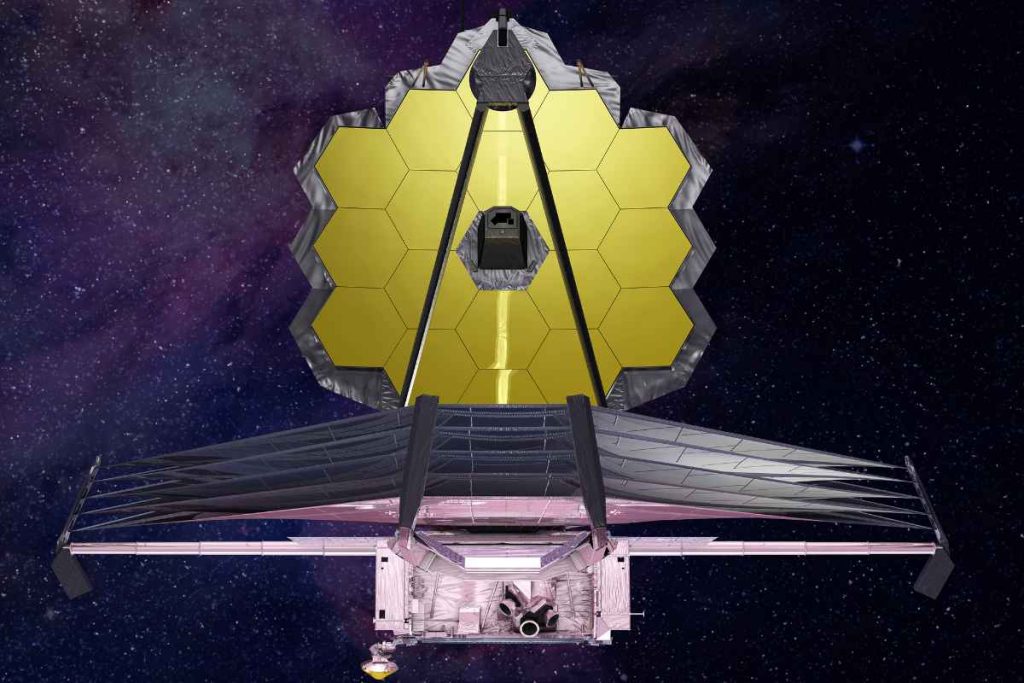
James Webb tightens the sun shield
All five parts of the James Webb Space Telescope’s solar shield are now exposed and screwed on. It was one of the most challenging operations, as the solar shield is an important part of the telescope.
“Tightening the sunshield is a major challenge because it requires complex interactions between the structure and the mechanisms used to tighten the sunshield, cables and membranes,” said James Cooper, principal officer of the sunshield James Webb. “This was the most difficult stage for us to test on the ground, so it’s great that everything went so well today.”
On New Year’s Day, the Webb Telescope popped up off his sun shield. This sun shield is a type of umbrella that protects telescope instruments and mirrors from the sun’s heat. This keeps the highly sensitive infrared devices cool and allows them to continue to function properly. The shield consists of five layers. By pulling the shield tightly, a space is created between the five layers and the shield works more effectively. The animation below shows how this works.
“Onions have layers. Ogres have layers.” And so is our sunblock!
The first layer of the 5-layer sun visor is now tightened, bringing us even closer on our journey to it #UnfoldTheUniverse. We have started to tighten the second layer: https://t.co/9YBPSe36OC pic.twitter.com/0LKHIZpKDS
– NASA’s Web Telescope (NASAWebb) January 3, 2022
Applause and happy faces: Mission accomplished
The first three layers It was pulled tight yesterday. This process took just over 5.5 hours. Earlier this afternoon, NASA scientists began tightening the fourth and fifth layers. This can be watched live on YouTube. This work was completed at 5:59 PM NST. In the video below, the ratio is about 2:24. Of course there was some applause to celebrate this moment.
344 Decisive Actions
But we haven’t gotten there yet. In total, the James Webb Telescope must perform 344 critical operations in space. If something small goes wrong, the task may fail and we may never see beautiful pictures. The good news is that 75% of the 344 critical actions have now been completed. So far, the James Webb Telescope is performing above expectations, so we can look forward to its latest operations with confidence.
Here’s a demo version of the Sun Shield fully stretched out on the ground. Rehearsal of the operation conducted in space yesterday and today. Photo: NASA/Chris Gunn.
And now?
The next task is to place the second mirror. This is the mirror that should reflect the light from the primary mirror to the instruments behind the primary mirror. Then unfold the sides of the main mirror. Each side contains three of the eighteen mirror pieces. Then these mirror clips should be positioned so that they act as one main mirror. At the end of January, the telescope settled at Lagrange Point 2: the point from which it should reveal the secrets of the universe. After that, the telescope cools down for a few months. The first images are not expected until around summer. arousing!

“Web maven. Infuriatingly humble beer geek. Bacon fanatic. Typical creator. Music expert.”
